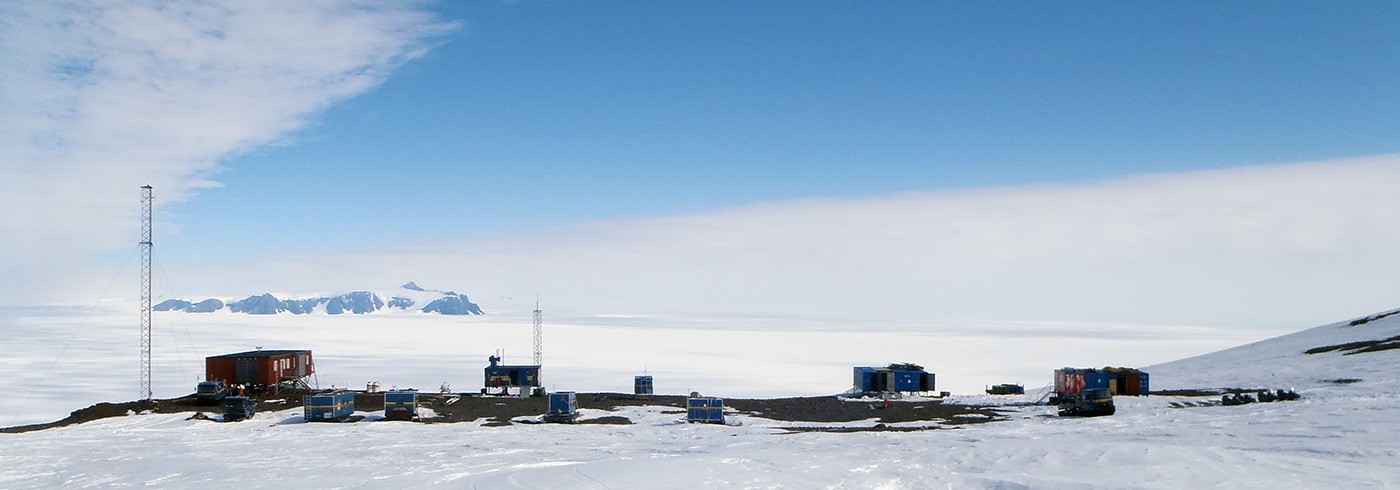Environmental work at the Swedish Wasa research station
5 January 2012 - 26 February 2012Environmental mapping of the Wasa Research Station in Antarctica began this season. This effort was initiated to incorporate the research station into the Swedish Polar Research Secretariat’s environmental management system, which is subject to the Environmental Management in Government Agencies Ordinance. Planning a systematic environmental effort in Antarctica makes it possible to take into account the direct and indirect environmental impacts of the station and its operations. The negative environmental impacts can then be reduced and the positive ones enhanced.
As a consequence of Sweden being a consultative party to the Antarctic Treaty System, the environmental management of the station was reviewed during the expedition. Sweden is subject to Article 7 of the Antarctic Treaty System and to Article 14 of the Protocol on Environmental Protection. These articles address the inspection of the station, its maintenance and operation, and the surrounding environment. This is an important task as Sweden, through the Treaty, has made a commitment to protect and conserve Antarctica’s unique environment.
The Swedish Wasa Research Station is located in Basen nunatak in Vestfjella, Dronning Maud Land, Antarctica. Wasa was built during the 1988/89 season, and has since served as a platform for research expeditions almost every southern summer season. The station was built to be essentially self-sufficient in terms of electricity during the light part of the year, with solar panels supplying the bulk of the energy used. Fuel must be used during those parts of the season when the sun is not out and the solar panels are inadequate. Fuel is also needed during some periods to keep the snowmelting equipment running, when the nearest lake from which water can be fetched is still frozen to the bottom. Ground shipments using tracked vehicles and snowmobiles also require fuel, but such shipments are a necessity for research and expeditionary activities. Finally, the stove requires the use of liquefied petroleum gas, so some atmospheric emissions from burning fossil fuel are unavoidable.
Research and logistics activities have resulted in approximately 10,000 guest days at Wasa, with an estimated 25 % comprising nights in the field. This generated waste, most of which is stored in sealed oil drums in the station area. The strict rules regarding the incineration of waste in Antarctica require the use of a special incinerator in which only organic materials can be burned. There is no such incinerator at Wasa, so the waste is still stored there. The drums at the station were inspected and reviewed in detail during this season, and were also inventoried and sorted onto sledges that can be hitched to tracked vehicles. In this way we have prepared for the upcoming season, when a tracked vehicle convoy is planned to ship the waste out of Antarctica.

Sweden and Finland have a positive and well established cooperative relationship in Antarctica, and here we see water being fetched with the help of a Finnish tracked vehicle. Photo: Cecilia Selberg
Working on environmental management for research stations will continue to be a part of the systematic environmental work in Antarctica.











